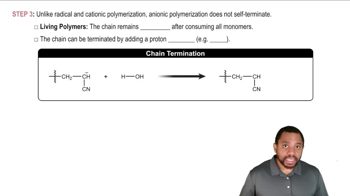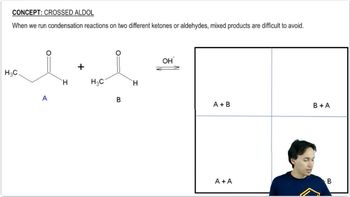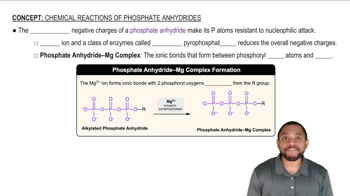Textbook Question
Propose a mechanism for reaction of the first three propylene units in the polymerization of propylene in the presence of a peroxide.
 Verified step by step guidance
Verified step by step guidance Verified video answer for a similar problem:
Verified video answer for a similar problem:



 2:44m
2:44mMaster General features of Radical Polymerization. with a bite sized video explanation from Johnny
Start learning